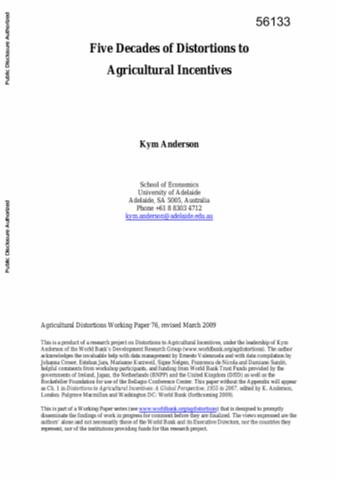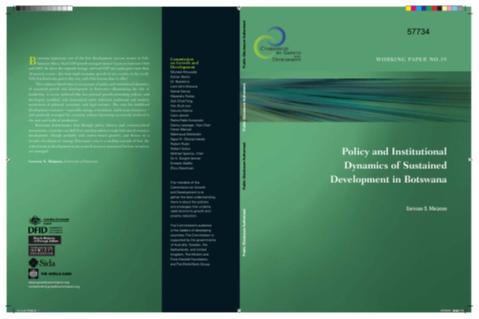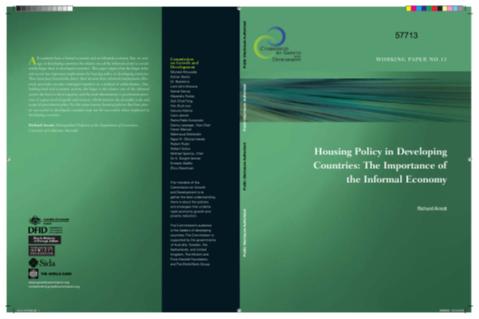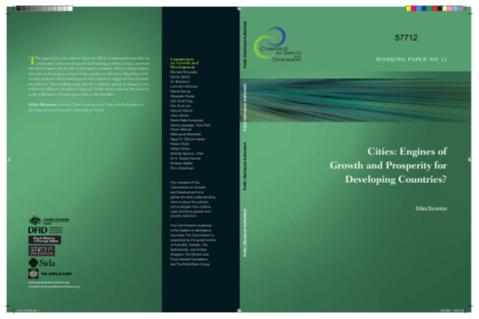Envisioning Parking Strategies in the Framework of Sustainable Urban Transport
Monetary instruments to regulate parking are often used in central areas of cities to discourage long term parking of vehicles. The availability of parking facilities, and its cost, in fact represents an important element in the decision to operate private vehicles in urban areas. The availability of instruments and tools to check the outcome of modification in parking regulations, in terms of modification of car use, successfully support planners in the determination of the best policies to decrease congestion, and regulate the use of transportation in cities.







